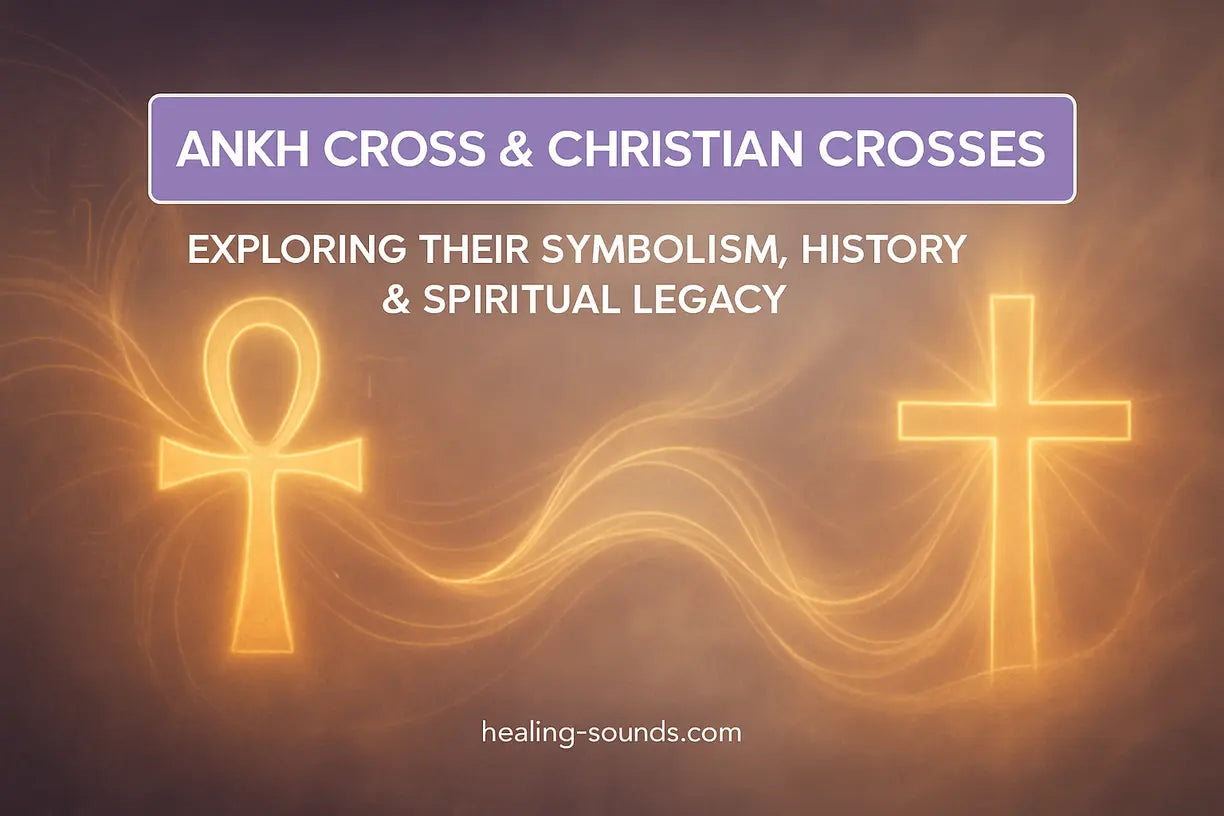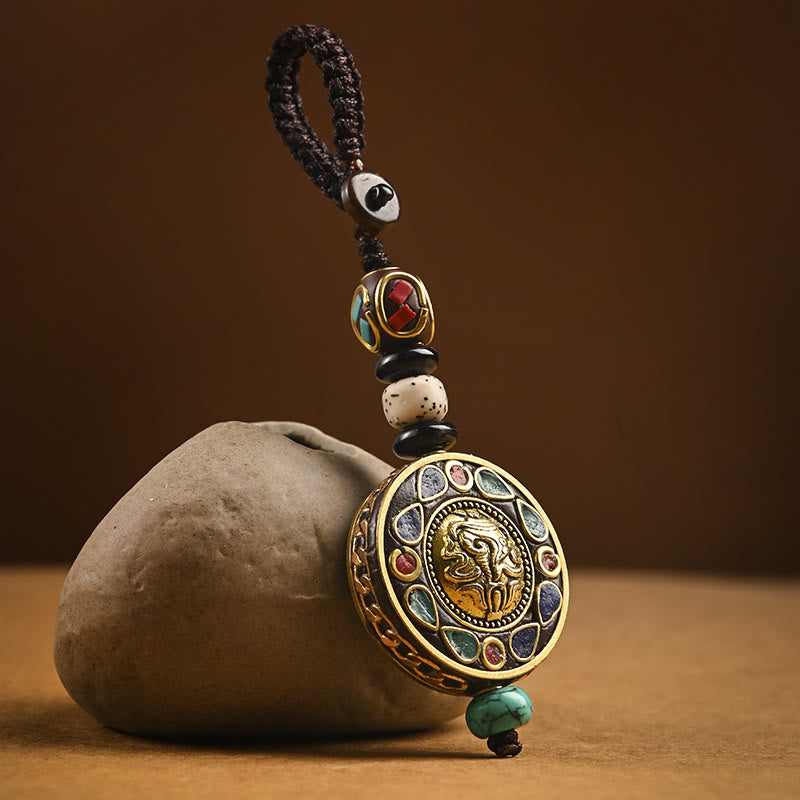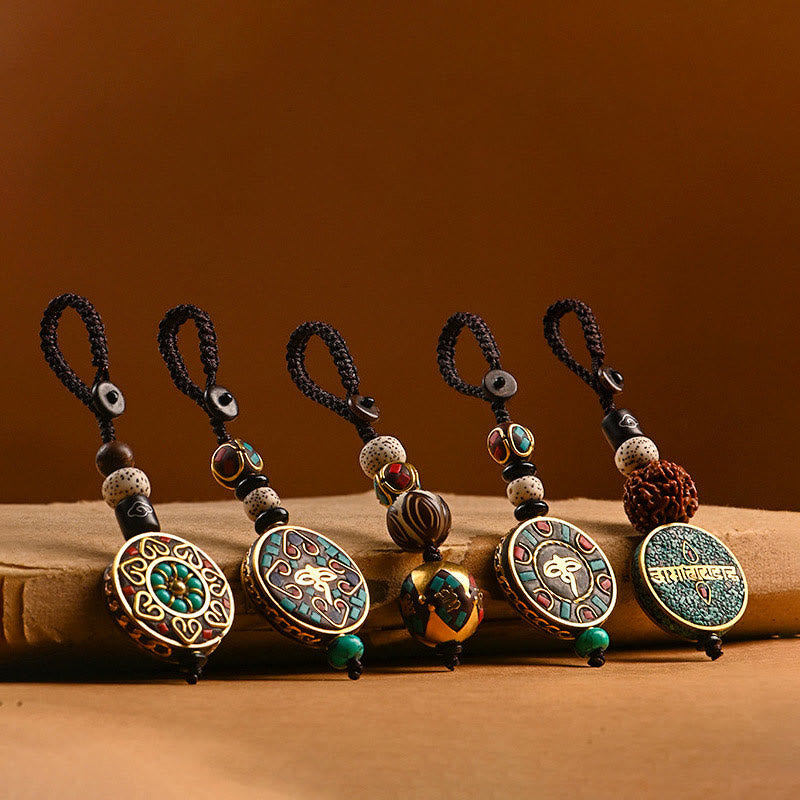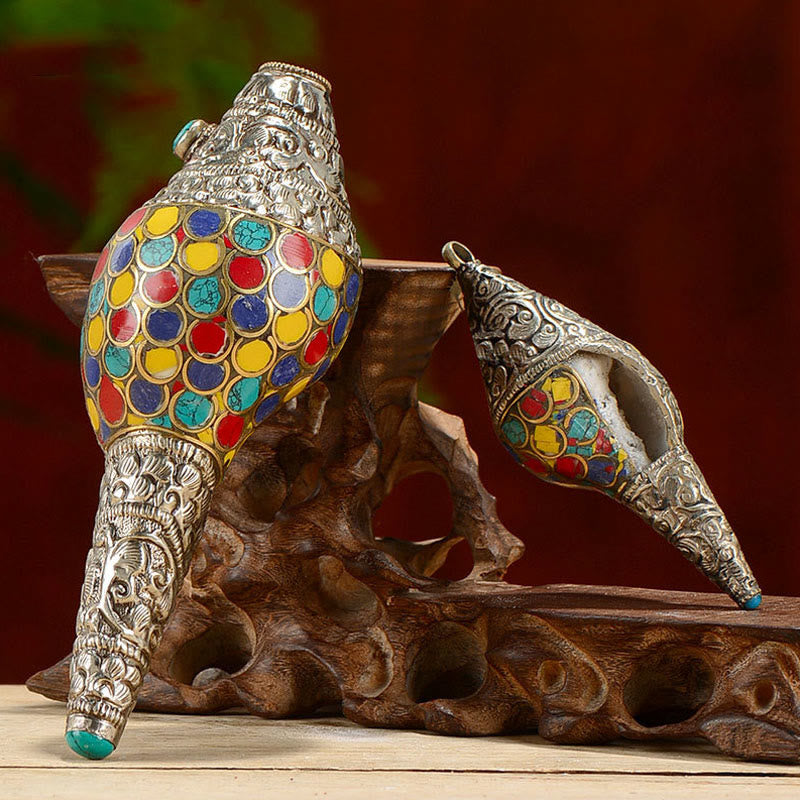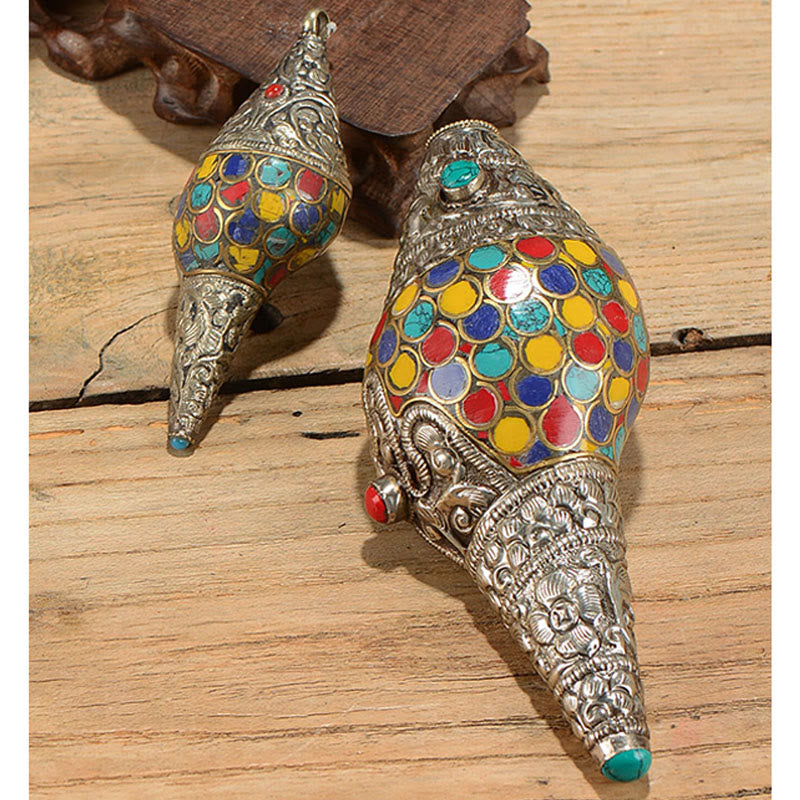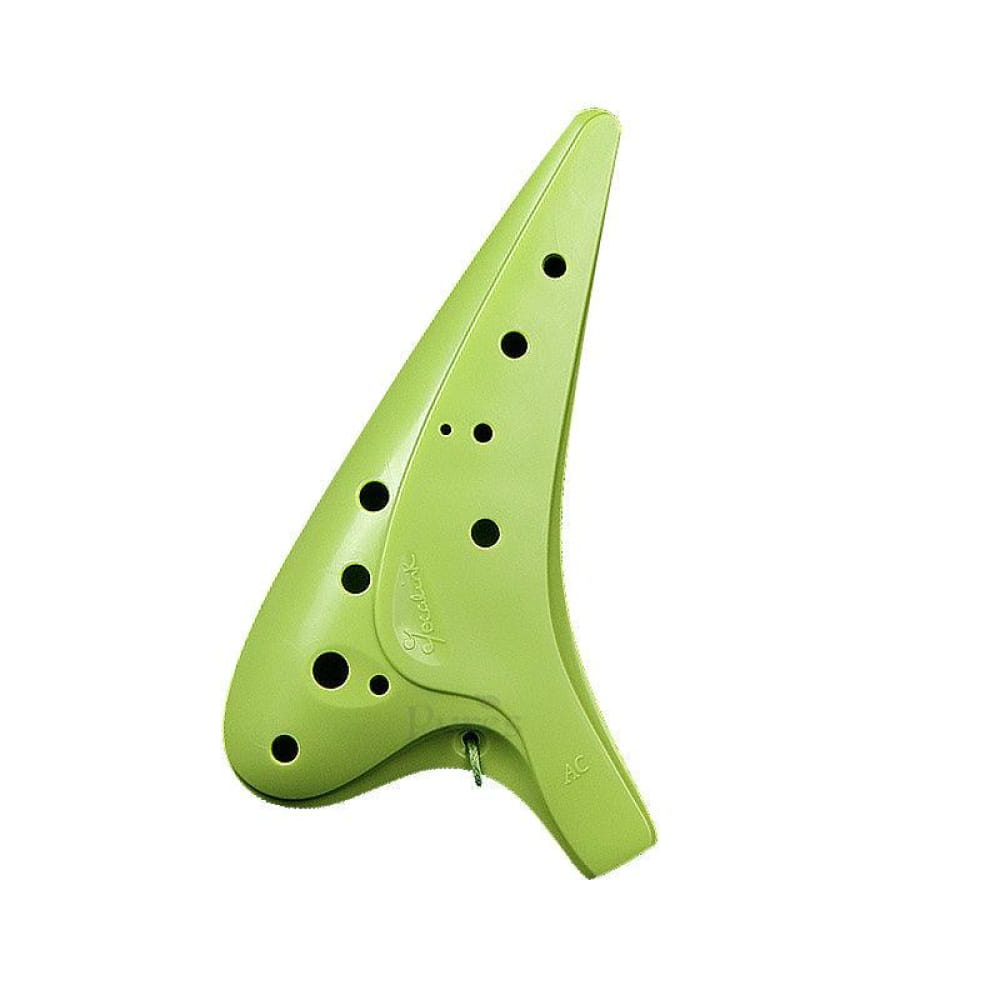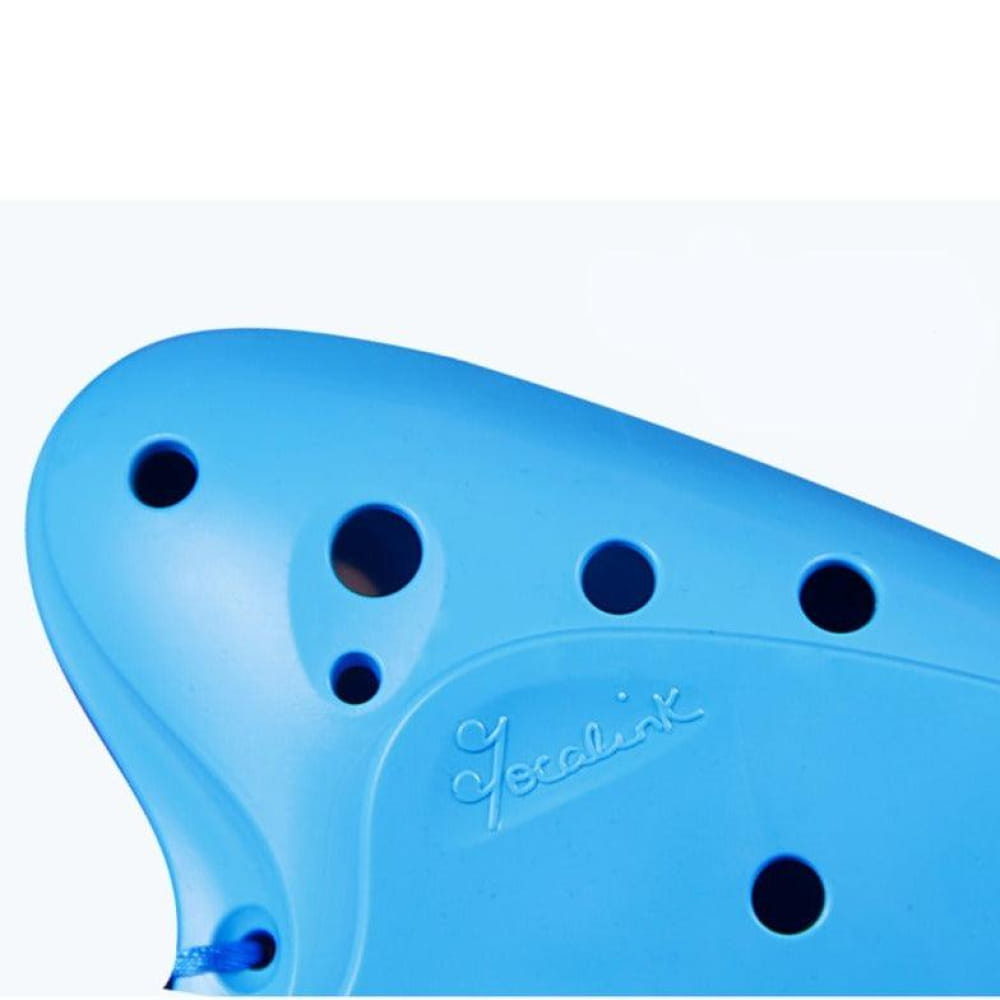The Ankh: An Ancient Egyptian Symbol of Life
Long before the Christian cross, the ankh was a dominant symbol in ancient Egypt, frequently depicted in the hands of gods and pharaohs. Known as the "key of life" or *crux ansata* (Latin for "cross with a handle"), the ankh represents the very concept of eternal life and the divine breath that sustains it. Its origin is believed to be tied to the life-giving properties of the Nile River and the sun.The symbolism of the ankh is multifaceted:- Eternal Life: Its primary meaning is life and immortality. It was believed to grant eternal existence to the deceased and was often placed in tombs.
- Breath of Life: The ankh was seen as a conduit for the "breath of life," a divine gift from the gods to humans.
- Union of Opposites: The looped top is often interpreted as representing feminine energy (the womb), while the T-shaped base represents masculine energy, symbolizing the creative power of unity.
- Divine Protection: As a powerful amulet, the ankh was used for protection against evil forces and decay. For more details on its role in ancient culture, you can explore the history of the ankh in depth.

The Christian Cross: A Symbol of Faith and Redemption
The Christian cross, particularly the Latin cross, is arguably the most recognized spiritual symbol in the Western world. Its meaning is directly tied to the life and death of Jesus Christ. While the cross was once a brutal instrument of execution used by the Roman Empire, Christianity transformed it into a profound symbol of hope, sacrifice, and salvation.The core meanings of the Christian cross include:- Sacrifice: It represents the ultimate sacrifice of Jesus Christ, who, according to Christian belief, died for the sins of humanity.
- Resurrection and Hope: The cross is never just about death; it is intrinsically linked to the resurrection, symbolizing victory over death and the promise of eternal life in heaven.
- Faith and Devotion: For Christians, it is the central emblem of their faith, representing God's love for humanity and their own commitment to following Christ.
- Redemption: It signifies forgiveness and the chance for a new beginning through faith.
Ankh vs. Cross: A Head-to-Head Comparison
When placing the `ankh cross symbol` next to the Christian cross, their differences in form and philosophy become clear, even as universal themes emerge. Understanding this comparison is crucial for anyone interested in the `ankh meaning in Christianity` and its historical context.Origin and Historical Context
The ankh is far older, originating in Ancient Egypt around 3150-2613 BCE. It was a symbol of divine power and eternal life on Earth and in the afterlife. The Christian cross became a prominent symbol much later, adopted by Christians around the 4th century CE after Emperor Constantine's conversion, symbolizing a specific historical event: the crucifixion of Jesus.Core Symbolism: Life vs. Sacrifice
This is the most significant difference. The ankh symbolizes life in its continuous, cyclical form—the breath, fertility, and immortality that were ever-present gifts from the gods. The Christian cross, on the other hand, symbolizes life gained *through* sacrifice. It represents a linear event—death and resurrection—that offers a path to eternal life as a reward for faith.Shape and Design
The ankh's looped top is a defining feature, representing the sun on the horizon, a womb, or a divine portal. The Christian cross is defined by its sharp intersection, pointing to heaven and across the earth, representing the connection between the divine and the mortal realms.
Visualizing the Dialogue: Ankh and Cross Explored
To further explore the rich history and nuanced differences between these two powerful symbols, the following video offers a deep and insightful discussion. It provides valuable context for anyone seeking to understand the `ankh vs cross` from a historical and theological perspective.Shared Threads and Spiritual Syncretism
Despite their differences, the ankh and the cross are not entirely separate. The most direct link is the Coptic cross, or *crux ansata*, used by early Christians in Egypt. The Coptic Church adopted the ankh and merged it with the Christian cross, blending the ancient Egyptian concept of "life" with the new Christian concept of "eternal life through Christ." This act of syncretism shows how new faiths often incorporate powerful, pre-existing symbols to make their ideas more accessible and resonant with local cultures.For modern spiritual seekers, both symbols can coexist as representations of universal truths. They both speak to the human desire for a life that transcends the mundane and connects with a higher power.
Integrating These Symbols Today
- Jewelry: Wearing an `Ankh Cross Necklace` or a Christian cross is a personal statement of belief or an appreciation for its history.
- Meditation: Both symbols can be used as focal points during meditation to contemplate themes of life, gratitude, and purpose.
- Home Decor: Placing these symbols in your home can create a sacred space and serve as a daily reminder of your spiritual path.
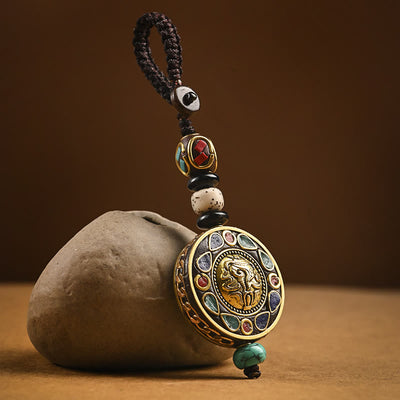
Om Mani Padme Hum Bodhi Seed Peace Key Chain Charm
$24.90
Carry spiritual symbolism daily with this mantra-carved keychain, perfect for exploring sacred cross and ankh meaning.
Explore ProductTools for Deeper Spiritual Reflection
Whether you are contemplating the cyclical life force of the ankh or the redemptive power of the cross, creating a tranquil environment can deepen your connection. Ancient symbols are best explored with a clear and focused mind, and tools that promote harmony and reflection can be invaluable on this journey. The sound of an ocarina can transport you to ancient times, while sacred objects like a Shankha shell can fill your space with peaceful vibrations, echoing the timeless themes of protection and life.Enhance Your Spiritual Journey
Invite ancient spiritual symbolism into your space—this Shankha brings harmony, echoing the ankh’s life and protection. Learn more ➔

12 Hole Alto C Sweet Potato Resin Ocarina Flute
$49.90
$89.90
Experience meditative music rooted in history—this ocarina fosters reflection on both ankh and Christian symbols. Learn more ➔
Conclusion: Two Paths to a Universal Truth
The ankh and the Christian cross, while born from different worlds, both point toward a universal human desire: the longing for a life that is meaningful and eternal. The ankh offers a vision of cyclical, ever-present life force, while the cross provides a path to salvation through faith and sacrifice. Neither is "better" than the other; they are simply different spiritual languages expressing a shared hope. By understanding their history and `ankh cross spiritual meaning`, you can better appreciate the rich tapestry of human spirituality and choose the symbols that speak most deeply to your own soul.Frequently Asked Questions about Ankh and Christian Crosses
The ankh cross is an ancient Egyptian hieroglyphic symbol that means "life" or "breath of life." It represents the concept of eternal life, immortality, divine protection, and the union of feminine and masculine energies. It was often depicted in the hands of gods and pharaohs, symbolizing their power to give and sustain life.
Spiritually, wearing an ankh means embracing its ancient symbolism. It is often worn as an amulet for protection, health, and to attract life force energy. For many, it's a celebration of life, a connection to ancient wisdom, and a symbol of spiritual balance and personal power. It can also represent a belief in reincarnation or the eternal nature of the soul.
The Bible does not directly mention the ankh, as it is a pre-Christian, Egyptian symbol. However, some biblical scholars and historians note the visual similarity between the ankh and the later Coptic cross used by early Egyptian Christians. This suggests a cultural adaptation rather than a biblical endorsement. Biblical teachings warn against the use of idolatrous symbols from other religions, which is how some may view the ankh from a strictly conservative Christian perspective. For more on biblical interpretations of symbols, consulting resources like the Learn Religions website can be helpful.
Whether it is "good" to wear an ankh depends entirely on your personal beliefs and intentions. For those aligned with its symbolism of life, protection, and ancient wisdom, it is a very positive and empowering act. If your personal faith prohibits the use of symbols from other traditions, then it may not be appropriate for you. Ultimately, it is a powerful symbol of life force, and wearing it is a personal choice.
The main difference lies in their origin and core meaning. The ankh is an ancient Egyptian symbol for "life" and immortality. The Christian cross symbolizes the "sacrifice" of Jesus Christ, leading to salvation and eternal life. The ankh has a looped top, representing life's cyclical nature, while the cross's straight lines represent a specific event of death and resurrection.

